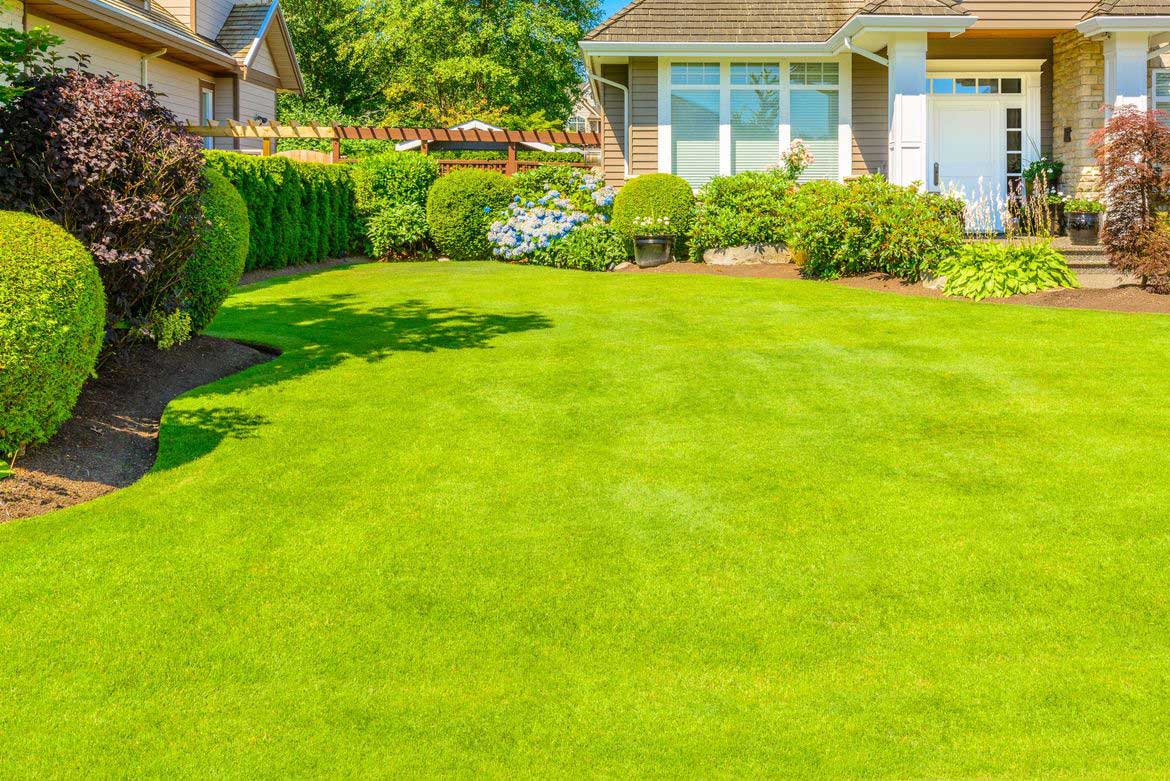The Consequences of Not Removing Weeds

Weeds may seem like harmless plants, but if left unchecked, they can cause serious problems for gardens and lawns. These unwanted plants compete with desirable vegetation for essential resources, spread rapidly, and can even harbor pests and diseases. While they may start as a minor nuisance, weeds can quickly take over, leading to a messy and unhealthy outdoor space. Understanding the impact of weeds and the importance of regular removal can help maintain a thriving and visually appealing landscape.
1. Competition for Resources
Weeds compete with your plants for essential resources such as water, nutrients, and sunlight. Since they grow rapidly and aggressively, they can deplete the soil of vital nutrients that your plants need to flourish. This competition weakens your plants, making them more susceptible to disease and stunted growth. In severe cases, weeds can completely overtake an area, depriving other plants of necessary resources and leading to their decline or death.
2. Rapid Spread
One of the biggest challenges with weeds is their ability to spread quickly. Many weeds produce thousands of seeds that can be carried by wind, water, or animals, leading to widespread growth in a short period. Some weeds also reproduce through underground roots or runners, allowing them to spread even without seed dispersal. If left unchecked, weeds can dominate a garden, making it difficult to control them later. The longer they are allowed to grow, the harder they become to remove, as they develop strong root systems that anchor them firmly in the soil.
3.Pest and Disease Risks
Weeds are not just a nuisance to plants; they can also attract pests and harbor diseases. Some weeds serve as breeding grounds for insects such as aphids, mites, and beetles, which can spread to nearby plants and cause damage. Additionally, certain weeds act as hosts for plant diseases, increasing the risk of infections that could spread throughout your garden. These diseases can weaken or kill crops, leading to lower yields in vegetable gardens and unhealthy plants in decorative landscapes. By removing weeds promptly, you can reduce the risk of pests and diseases affecting your plants.
4. Choking Out Plants
Some weeds grow so aggressively that they smother nearby plants, preventing them from receiving enough light, air, and space to thrive. Fast-growing weeds can overshadow smaller or younger plants, limiting their ability to photosynthesize and grow properly. In extreme cases, invasive weeds can completely take over an area, leaving little room for desired plants to survive. This is particularly problematic in lawns, where weeds like crabgrass can outcompete healthy grass, leading to patchy, unattractive lawns.
5. Messy Appearance
Beyond the practical issues weeds cause, they can also make a garden or lawn look unkempt and unattractive. Overgrown weeds give the impression of neglect, reducing the overall beauty and value of the landscape. In well-maintained gardens, weeds can disrupt the aesthetic balance, making flower beds and pathways look cluttered and chaotic. Regular weeding is essential for keeping outdoor spaces neat, organized, and visually appealing.
Final Thoughts
Leaving weeds unchecked can result in poor plant health, reduced garden productivity, and an unkempt appearance. Regular weeding is essential to prevent competition, control pests and diseases, and ensure that desirable plants have the best conditions to grow. By taking proactive measures to remove weeds, gardeners and homeowners can maintain a healthy, beautiful, and well-maintained outdoor space.
